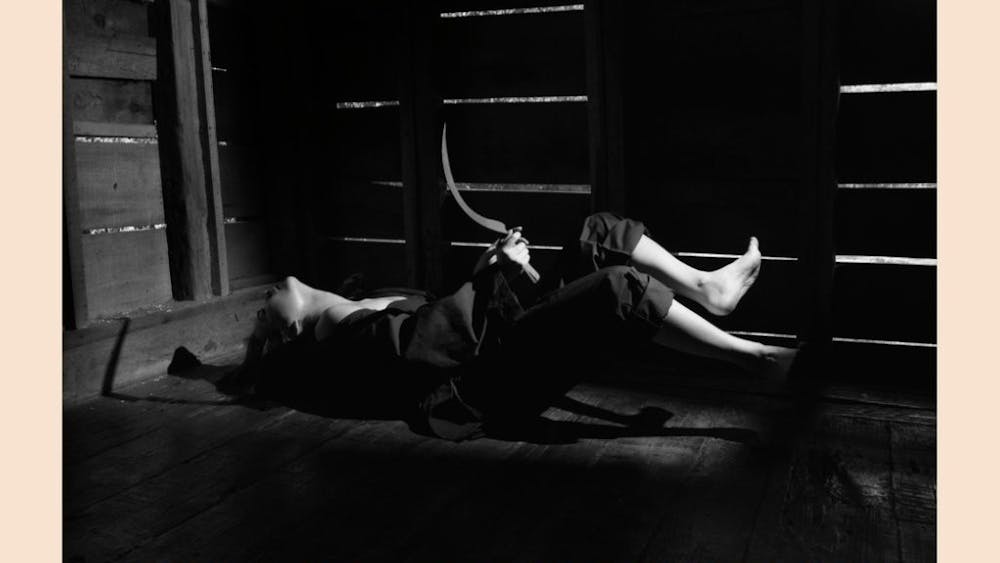On Tuesday, Sept. 13, IU played host to the king of red herrings when John Corvino and Glenn Stanton debated the merits of gay marriage. As the Indiana Daily Student reported the following day, the two-hour-long debate was "civilized."\n"Civilized" is an adequate description; it was certainly no Lincoln versus Douglas.\nAfter what seemed an interminable back-and-forth, the traveling duo reasserted their friendship despite their differences. This was the icing on the cake of what amounted to a colossal exercise of "let's just agree to disagree."\nOf course, such amicable disagreement is sheer lunacy if you recall that one side is staunchly defending the status quo, while the other is hell-bent on overthrowing it.\nDon't get me wrong; I think it's great that Stanton and Corvino can be friends despite their differences. I myself have many friends with whom I disagree. Nevertheless, their debate -- which, after so many performances, must be choreographed -- was unconvincing. With every argument either an emotional, empathetic appeal or a weak stab at common sense, the debate lacked a scholarly foundation. It would have been more convincing had either debater presented evidence from primary sources.\nIn this case, the most salient primary source comes from "The English Book of Common Prayer," the section titled "The Form of Solemnization of Matrimony." Since 1622, the marriage liturgy prescribed here for weddings has been the template for nearly every wedding in the English-speaking world. It is primarily through this document that we have come to understand marriage.\nThe marriage liturgy prescribes three purposes for marriage: First: "It was ordained for the procreation of children, to be brought up in the fear and nurture of the Lord." It is obvious that a sodomitical marriage could never meet this rubric. Corvino would like us to believe that such a union could serve to rear children, but the marriage liturgy presupposes that the rearing of children is best accomplished with a father and mother.\nThe second criterion given is that marriage "was ordained for a remedy against sin, and to avoid fornication; that such persons as have not the gift of continency (that is, celibacy) might marry, and keep themselves undefiled." This statement should need no argument. Only within the last few decades of the 20th century would anyone even dream of suggesting a homosexual marriage could meet this standard.\nFinally, marriage "was ordained for the mutual society, help and comfort, that the one ought to have of the other, both in prosperity and adversity." I cannot guess whether a homosexual relationship would fulfill this or not.\nSo the final score for sodomitical marriages, when held up to the oldest rubric we have, is: against, against, maybe. By this test, same-sex marriage fails so heinously that it cannot possibly be considered marriage.\nI know that many heterosexual marriages fail on some or all of these criteria -- and that is a tragedy. But just because many marriages fail does not mean we should scrap the institution. That would be, almost literally, throwing the baby out with the bath water.
Marriage by the book
Get stories like this in your inbox
Subscribe





